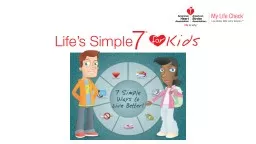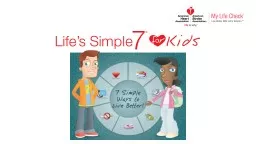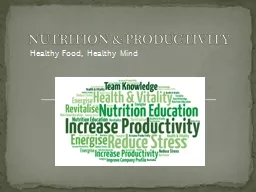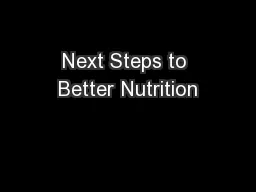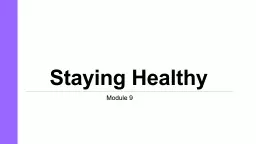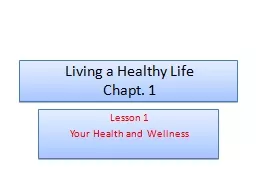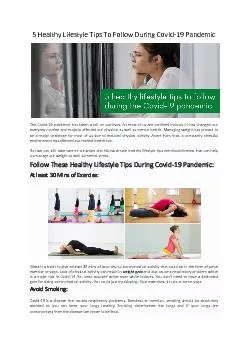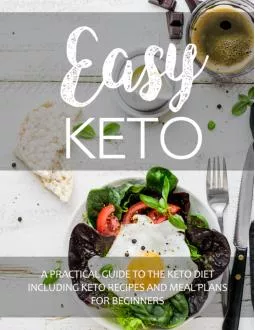PPT-10 Steps to a Healthy life
Author : pasty-toler | Published Date : 2018-12-05
UMHS Cardiac amp Pulmonary rehab Ashley Ritzo RDN CHWC CDE Similarities Maintain healthy BMI High nutrient density Balance meals Adequate fluid Low sodium Avoid
Presentation Embed Code
Download Presentation
Download Presentation The PPT/PDF document "10 Steps to a Healthy life" is the property of its rightful owner. Permission is granted to download and print the materials on this website for personal, non-commercial use only, and to display it on your personal computer provided you do not modify the materials and that you retain all copyright notices contained in the materials. By downloading content from our website, you accept the terms of this agreement.
10 Steps to a Healthy life: Transcript
Download Rules Of Document
"10 Steps to a Healthy life"The content belongs to its owner. You may download and print it for personal use, without modification, and keep all copyright notices. By downloading, you agree to these terms.
Related Documents


